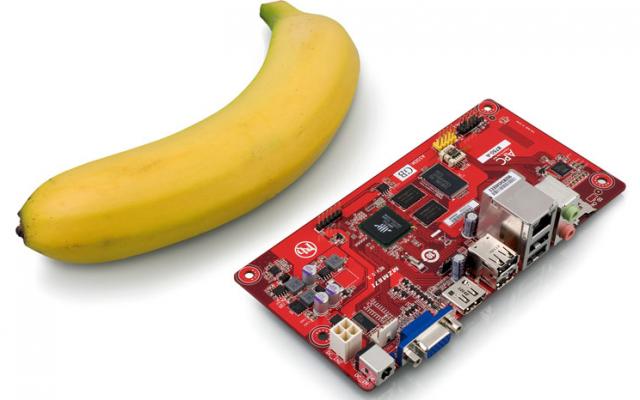When NVIDIA’s Jen-Hsun Huang talked of $199 Tegra 3 tablets, we were nothing but skeptically hopeful. Now, it seems those were more than just words. During a recent stockholder meeting, VP of Investor Relations, Rob Csongor, revealed the firm’s strategy to deliver on this budget quad-core promise. Announcing the “Kai” platform, Csongor stopped short of giving specifics, but implied that the architecture or hardware borrows much of the “secret sauce” from Tegra 3, and will enable lower-priced higher-performance devices. Jump on the source link, and listen in from about 33 minutes, if you want the full spiel.
NVIDIA outlines Kai platform, hopes to make good on quad-core $199 tablet promise originally appeared on Engadget on Wed, 23 May 2012 07:02:00 EDT. Please see our terms for use of feeds.
Permalink  The Verge  |Â
The Verge  |  NVIDIA (Audio)  | Email this | Comments
NVIDIA (Audio)  | Email this | Comments
from Engadget








